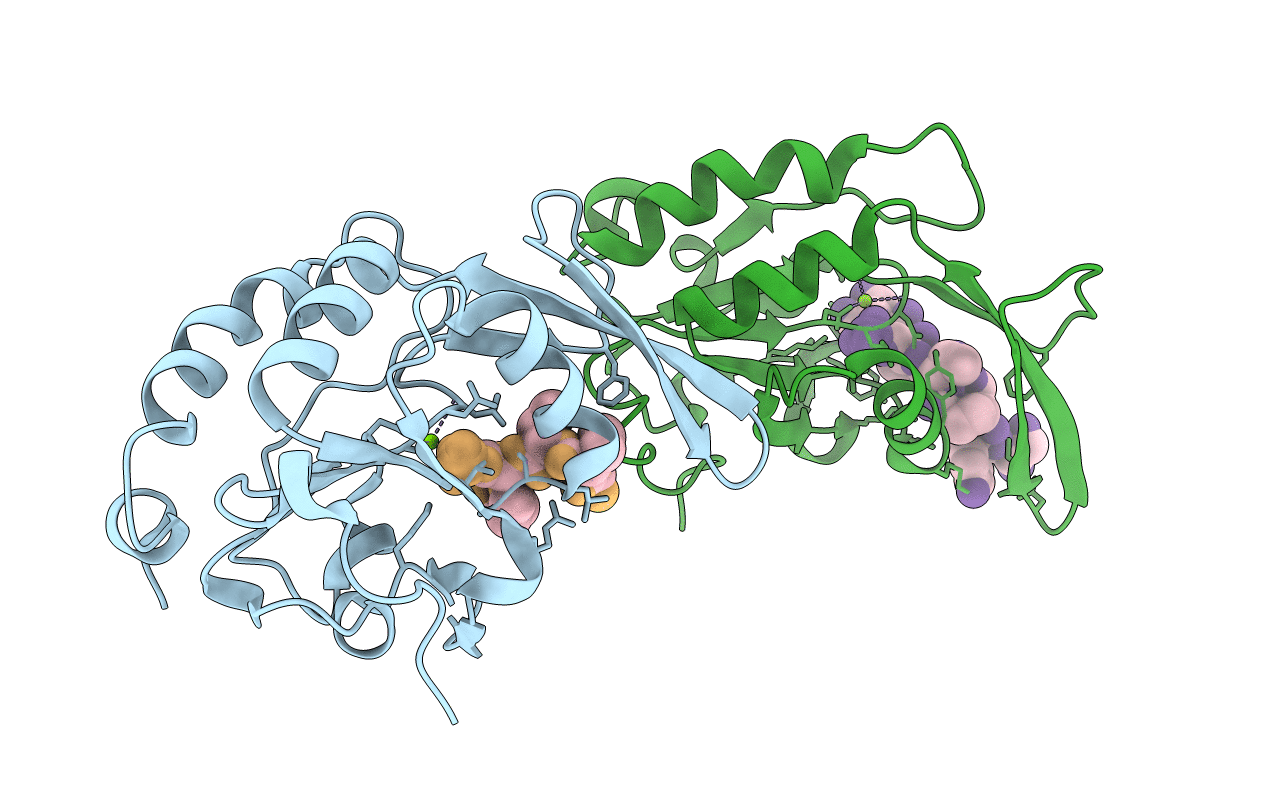
Deposition Date
2006-03-27
Release Date
2006-12-05
Last Version Date
2024-10-30
Entry Detail
PDB ID:
2GHT
Keywords:
Title:
CTD-specific phosphatase Scp1 in complex with peptide from C-terminal domain of RNA polymerase II
Biological Source:
Source Organism:
Homo sapiens (Taxon ID: 9606)
Host Organism:
Method Details:
Experimental Method:
Resolution:
1.80 Å
R-Value Free:
0.23
R-Value Work:
0.21
R-Value Observed:
0.24
Space Group:
C 1 2 1


